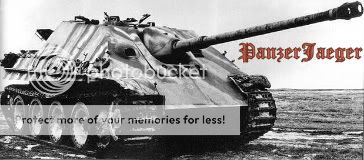The problem, Cannistraro said, was that as the Soviets moved to escalate, the U.S. aid was "just enough to get a very brave people killed" because it encouraged the mujaheddin to fight but did not provide them with the means to win.
Conservatives in the Reagan administration and especially in Congress saw the CIA as part of the problem. Humphrey, the former senator and a leading conservative supporter of the mujaheddin, found the CIA "really, really reluctant" to increase the quality of support for the Afghan rebels to meet Soviet escalation. For their part, CIA officers felt the war was not going as badly as some skeptics thought, and they worried that it might not be possible to preserve secrecy in the midst of a major escalation. A sympathetic U.S. official said the agency's key decision-makers "did not question the wisdom" of the escalation, but were "simply careful."
In March 1985, President Reagan signed National Security Decision Directive 166, and national security adviser Robert D. McFarlane signed an extensive annex, augmenting the original Carter intelligence finding that focused on "harassment" of Soviet occupying forces, according to several sources. Although it covered diplomatic and humanitarian objectives as well, the new, detailed Reagan directive used bold language to authorize stepped-up covert military aid to the mujaheddin, and it made clear that the secret Afghan war had a new goal: to defeat Soviet troops in Afghanistan through covert action and encourage a Soviet withdrawal.
The new covert U.S. assistance began with a dramatic increase in arms supplies -- a steady rise to 65,000 tons annually by 1987, according to Yousaf -- as well as what he called a "ceaseless stream" of CIA and Pentagon specialists who traveled to the secret headquarters of Pakistan's ISI on the main road near Rawalpindi, Pakistan.
Originally Posted by ACIN










 Reply With Quote
Reply With Quote

 ) ICJ no less, and with no US participation:
) ICJ no less, and with no US participation:







Bookmarks